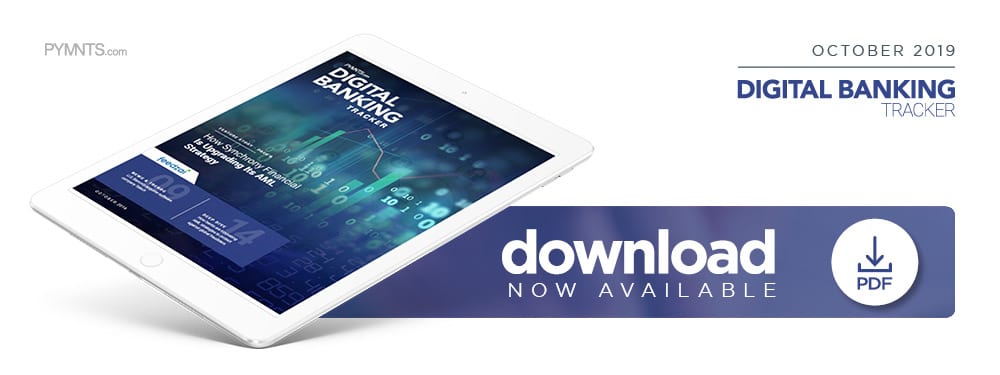
 Money laundering and similar forms of fraud have become more concerning for FIs as reports of cybercrime circulate globally. Between $800 billion and $2 trillion USD is laundered each year, according to the United Nations Office on Drugs and Crime, and fraudsters undoubtedly hope to raise those amounts. Recent scandals involving Deutsche Bank and Swedbank have made consumers reconsider their trust in FIs, many of which are scrambling to keep fraudsters out and bring consumers back.
Money laundering and similar forms of fraud have become more concerning for FIs as reports of cybercrime circulate globally. Between $800 billion and $2 trillion USD is laundered each year, according to the United Nations Office on Drugs and Crime, and fraudsters undoubtedly hope to raise those amounts. Recent scandals involving Deutsche Bank and Swedbank have made consumers reconsider their trust in FIs, many of which are scrambling to keep fraudsters out and bring consumers back.
Part of the problem is that money laundering controls are easier for fraudsters to anticipate than security measures for other cybercrimes. If a bank flags transactions over a certain limit, for example, a bad actor can easily avoid making transactions that surpass it. The continued globalization of digital banking is another issue, enabling quick money movement that can be used by legitimate businesses as well as cybercriminals.
Bad actors also tend to use the U.S. dollar as their currency of choice on the black market, which means American banks must alter their anti-fraud and AML strategies — especially as regulatory fragmentation divides the U.S. security standards from those in markets like Europe. U.S. FIs need AML strategies that can respond to these larger trends while maintaining quick service for businesses and consumers.
AML and the problem of innovation
Just 10 percent of the suspicious transaction reports FIs file are investigated by authorities, and money launderers are utilizing new technologies to keep that percentage low. Starting an innovation battle can be more difficult than expected for banks, in part because of how U.S. financial regulations work.
Federal standards exist for data security, AML and other anti-fraud measures, but state-level governments and legislation can also affect what is or is not allowed. U.S. banks have to analyze AML regulations before even beginning to innovate, and the rules in question change often.
Some of these changing regulations include the role of consumers, as when the Consumer Financial Protection Bureau (CFPB) — which is not quite to the level of open banking in Europe — issued guidelines for when consumers can access their own financial data. Working consumer access into the already-fraught field of AML protection creates problems, too, as banks need to be sure they are accurately authenticating the customers in question before sharing data with potential fraudsters.
Shifting laws and the advance of open banking are only two pieces of the AML innovation struggle, however, and the anti-fraud technologies that FIs can use are also changing rapidly. Banks have been employing artificial intelligence (AI) and similar technologies for years, and such tools now account for approximately 15 percent of their operational spend worldwide — about $270 billion annually. AI’s importance in wading through data can be seen in areas like the Asia-Pacific (APAC), where 68 percent of FIs rely on the technology to manage clients. These technologies have quickly become critical to AML strategies, and banks cannot stop innovating if they want to keep their platforms safe from AI-deploying launderers.
Banks need to upgrade the sophistication of both their AML technologies and those technologies’ applications. They must ensure their AI systems are pulling from as much data as possible, including nontraditional sources outside of siloed banking caches, as doing so can improve consumer authentication and help target money laundering investigations.
How money laundering, AML will change
The need for more innovative AML strategies will persevere, as no technology is likely to convince fraudsters to give up on illegal schemes. The fight will likely be eternal for banks, though, and it is one they must win to retain their customers.
Banks’ evolving AML strategies will depend not only on how well they work with technologies and regulators, but also on the consumers who represent a critical part of online security and are more willing to control their own financial data under open banking. FIs will have to consider consumers as they craft strategies to shut cybercriminals down.